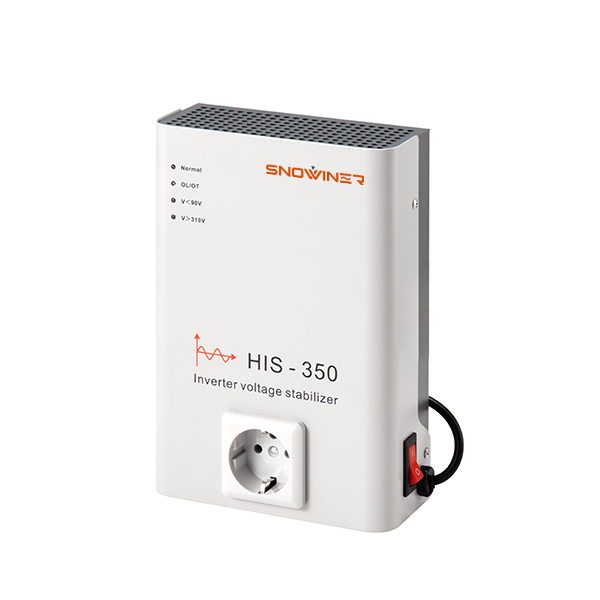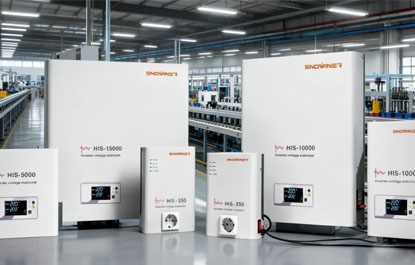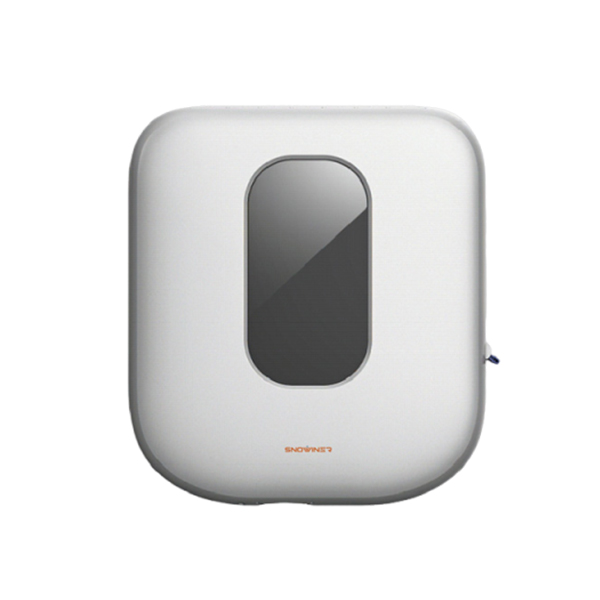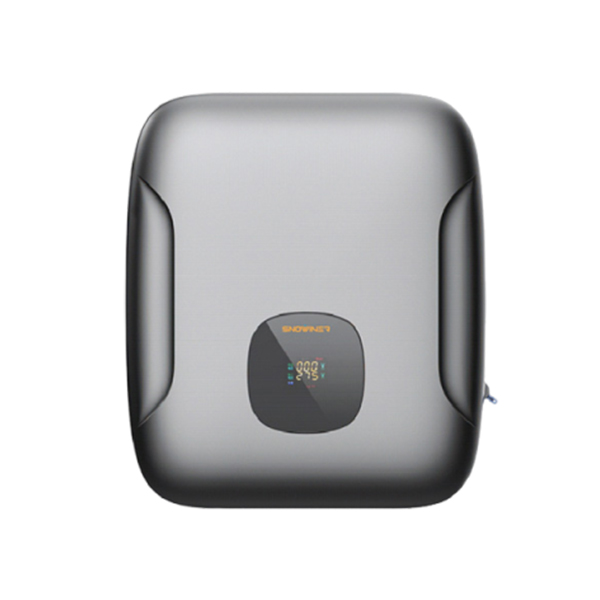How Does a High Frequency Inverter Voltage Stabilizer Work for Home and Commercial Use?
Many users notice voltage fluctuations in daily life, which can damage appliances or disrupt business operations. A High Frequency Inverter Voltage Stabilizer is often recommended to solve this problem, but most people are unsure about its specific working logic and practical value. This article will explain its core principles, key advantages, and scenario-based benefits in simple terms.
Core Working Process of High Frequency Inverter Voltage Stabilizers
The High Frequency Inverter Voltage Stabilizer stabilizes voltage through three sequential steps, ensuring stable power supply for devices.
Step 1: Real-time voltage detection
It first uses a built-in sensor to monitor the input voltage from the grid. Whether the voltage is too high (exceeding the safe range of devices) or too low (causing insufficient power for appliances), the sensor will quickly capture this change and send a signal to the control system.
Step 2: High-frequency inversion adjustment
The control system processes the signal and drives the high-frequency inverter module to work. Unlike traditional stabilizers that rely on transformers for adjustment, this module converts the unstable AC voltage into DC first, then inverts it back to AC at a high frequency. During this process, it precisely adjusts the voltage amplitude to meet the standard range required by devices.
Step 3: Stable output of pure sine wave
After adjustment, the stabilizer outputs a pure sine wave AC voltage. This type of output is consistent with the grid's natural power waveform, so it will not cause damage to sensitive devices (such as smart home appliances or commercial precision equipment) and ensures their normal operation.

Key Differences Between High Frequency Inverter Stabilizers and Traditional Stabilizers
Many users may wonder how this stabilizer differs from the traditional ones they have used before. The main differences lie in three aspects:
No transformer design
Traditional stabilizers use heavy iron-core transformers for voltage adjustment, which makes them large and heavy. High frequency inverter stabilizers abandon this design, so they are smaller in size and lighter in weight, making them easier to install in home corners or commercial equipment rooms.
Faster response speed
Traditional stabilizers take longer to adjust voltage (usually milliseconds to seconds), which may miss short-term voltage dips. High frequency inverter stabilizers rely on electronic components for adjustment, with response times in microseconds—they can correct voltage fluctuations almost instantly, avoiding device shutdowns caused by transient instability.
Lower energy loss
The transformer in traditional stabilizers generates heat during operation, leading to energy waste. High frequency inverter stabilizers have higher conversion efficiency, and their electronic adjustment method reduces heat loss, which helps save energy for both households and commercial venues in the long run.
Core Advantages for Home and Commercial Scenarios
Its design and functions are tailored to the actual needs of different scenarios, bringing targeted benefits.
For home use: Quiet operation and device protection
Home environments require low noise. High frequency inverter stabilizers operate without the mechanical friction or transformer hum of traditional models, ensuring no disturbance to daily life. At the same time, their stable pure sine wave output protects smart appliances (such as air conditioners, refrigerators, and home theaters) from voltage damage, extending the devices' service life.
For commercial use: Adaptability and energy efficiency
Commercial venues (such as malls or small offices) have complex power loads—multiple devices run at the same time, and the load changes frequently. High frequency inverter stabilizers have a wide input voltage range, which can adapt to unstable grid conditions in commercial areas. In addition, their low energy loss helps reduce the overall electricity cost of commercial venues, which is a practical advantage for long-term operation.
Conclusion
In summary, a High Frequency Inverter Voltage Stabilizer stabilizes power supply through real-time detection, high-frequency adjustment, and pure sine wave output. Compared with traditional stabilizers, it is smaller, faster, and more energy-efficient, and it meets the quiet and protective needs of households as well as the adaptable and cost-saving needs of commercial venues.
If you want to learn more about High Frequency Inverter Voltage Stabilizers that fit these working principles and advantages, you can visit our product page to explore detailed specifications and scenario-based solutions.











